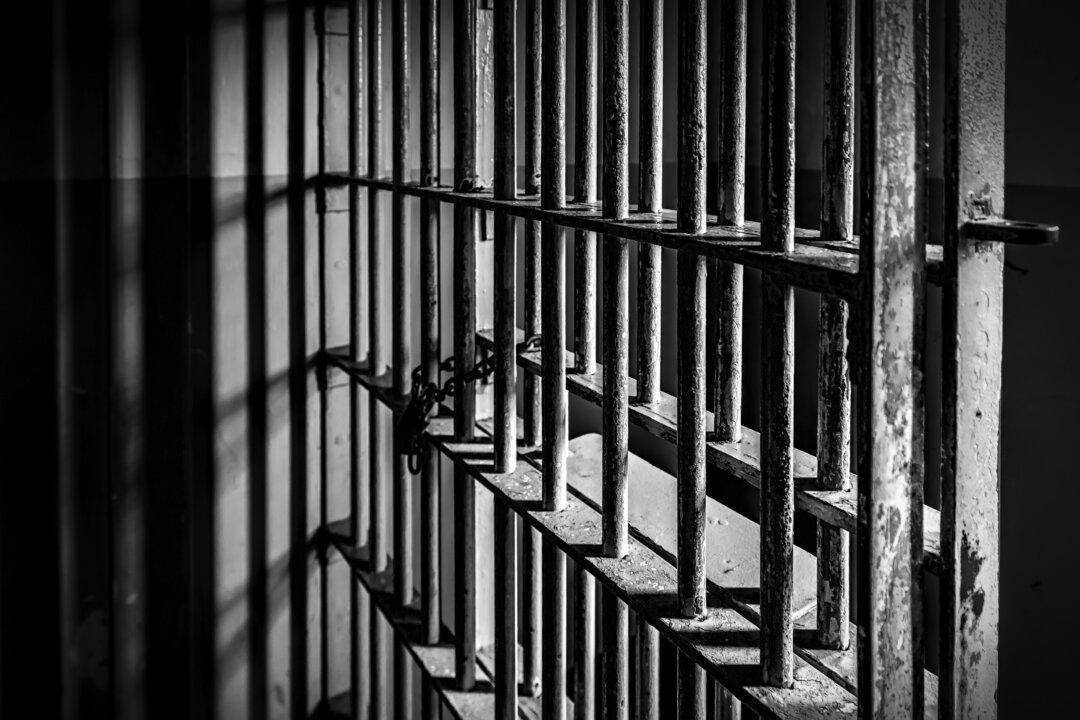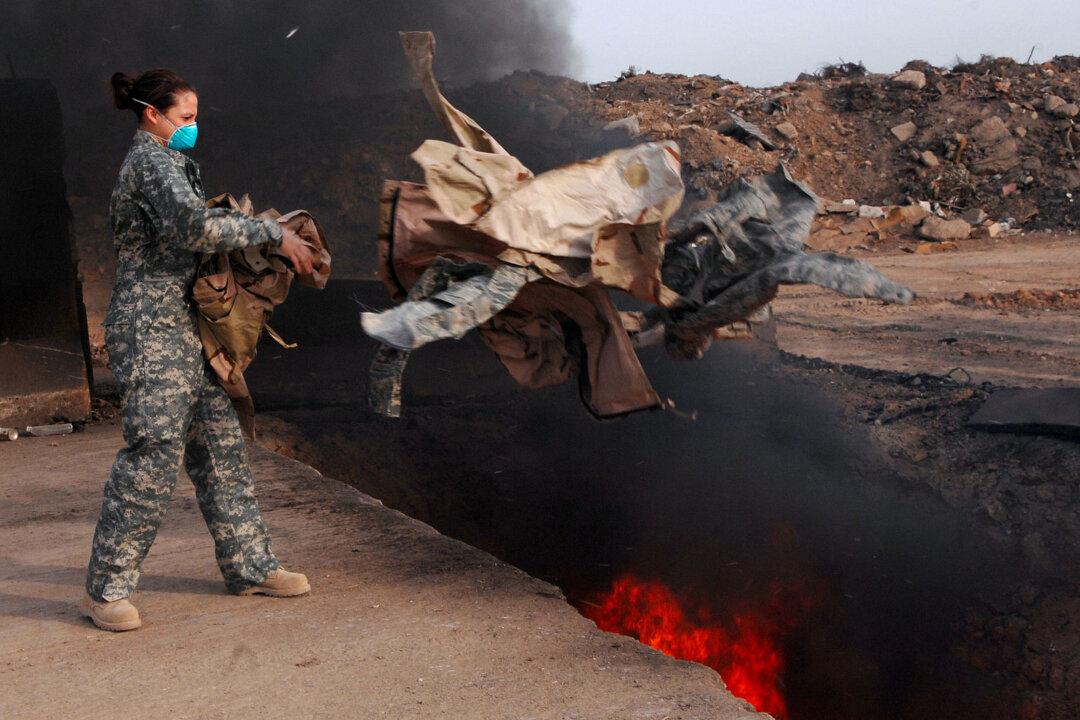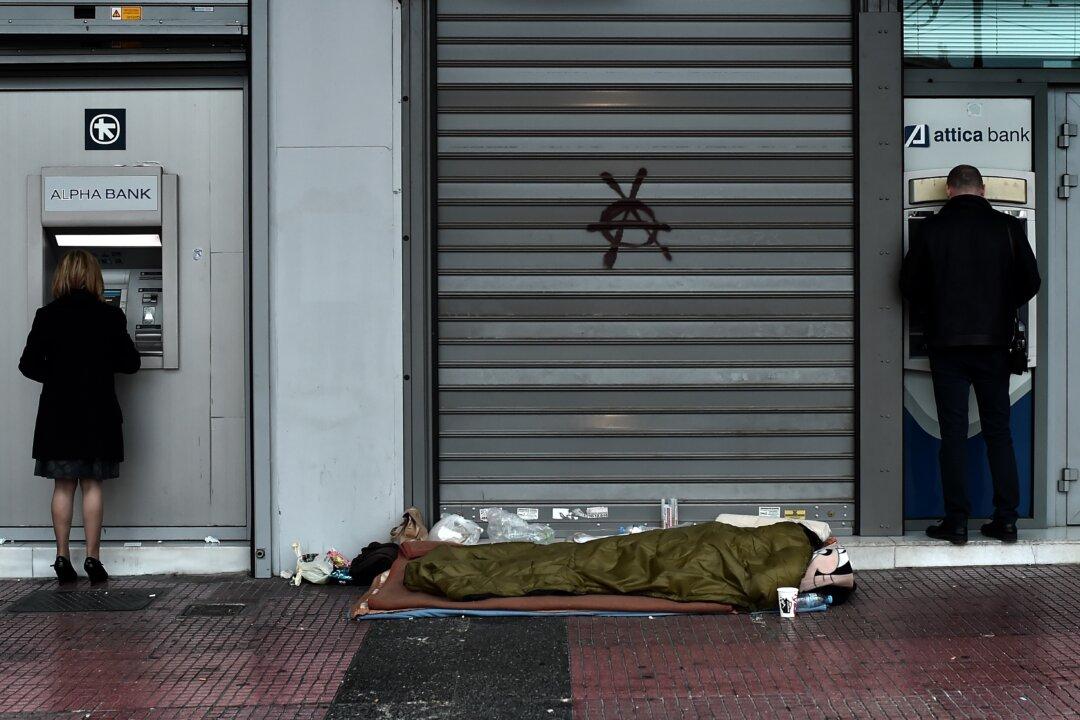You may have heard there’s a growing political movement against mass incarceration. Someone should clue in the judges.
In the past 30 years, federal judges have turned to imprisonment—as opposed to probation—as the punishment of choice for even minor crimes, according to the Pew Charitable Trusts. During that same period, federal cases have tripled in number.
The Pew study reports that “nine in 10 federal offenders received prison sentences in 2014, up from less than half in 1980, as the use of probation steadily declined.” Despite the ballooning number of cases in that time, 2014 saw 2,300 fewer probation sentences than 1980.
Blaming mandatory minimums goes only so far. Not all crimes have them. In fact, most don't.




